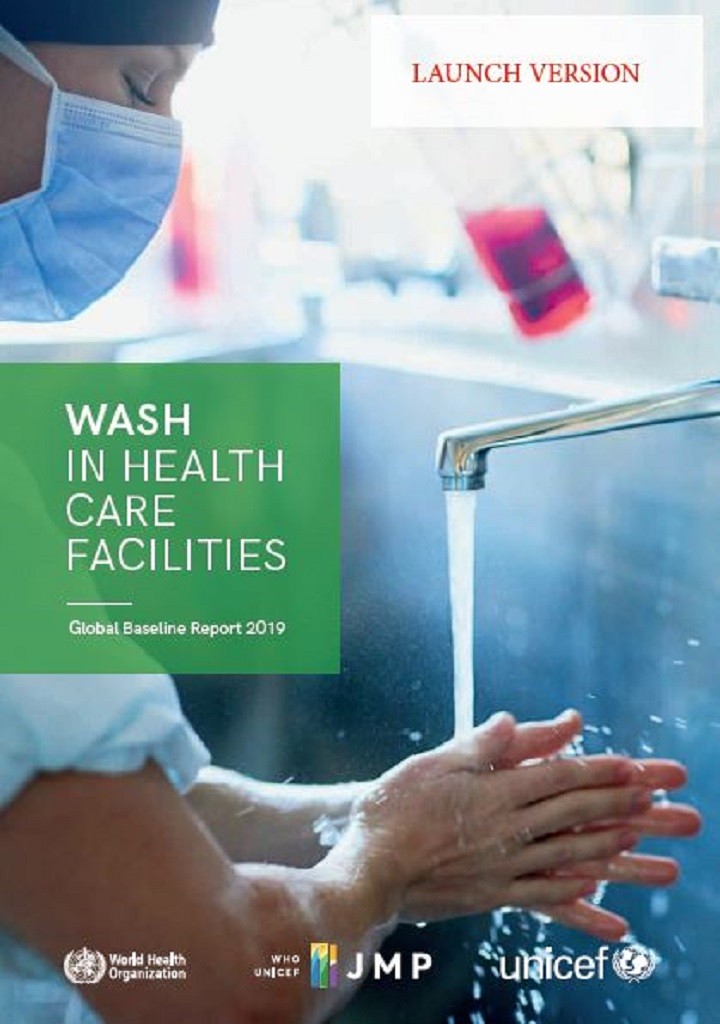
Published in: 2019
Pages: 132
Publisher:
World Health Organization and the United Nations Children’s Fund (UNICEF), Geneva, Switzerland
Author:
WHO and UNICEF
Uploaded by:
SuSanA Admin
Partner profile:
common upload
2616 Views
50 Downloads
The WHO/UNICEF JMP has expanded its global databases to include WASH in health care facilities. The 2019 global baseline report includes harmonized national estimates as well as regional and global estimates for 2016.
The Key messages for sanitation are:
In 2016:
1. 18 countries and only one SDG region had sufficient data to estimate coverage of basic sanitation services in health care facilities.
2. There were not enough countries with basic estimates to calculate global coverage of basic sanitation services in health care facilities.
3. In sub-Saharan Africa, 23% of health care facilities had basic services.
4. Four out of eight SDG regions had insufficient data to make any estimates for sanitation in health care facilities.
5. 21% of health care facilities globally had no sanitation service, meaning they had unimproved toilets or no toilets at all.
6. The proportion of health care facilities without sanitation services ranged from 5% in Eastern and South-Eastern Asia to 40% in Central and Southern Asia.
7. 42% of landlocked developing countries had basic sanitation services in health care facilities.
8. In Least Developed Countries, 21% of health care facilities had no sanitation service.
9. 9% of hospitals and 20% of other health care facilities had no sanitation service.
10. 16% of government health care facilities and 36% of non-government health care facilities had no sanitation service.
11. More than 1.5 billion people had no sanitation service at their health care facility.
Bibliographic information
WHO and UNICEF (2019). WASH in Health Care Facilities - Global Baseline Report 2019. World Health Organization and the United Nations Children’s Fund (UNICEF), Geneva, Switzerland
Filter tags
Educators English Sustainable WASH in institutions and gender equality (WG7)
Further readings
Explore the WASH in health care facility data
Learn about how the JMP monitors WASH in health care facilities
WASH in health care facilities - Practical steps to achieve universal access to quality care















